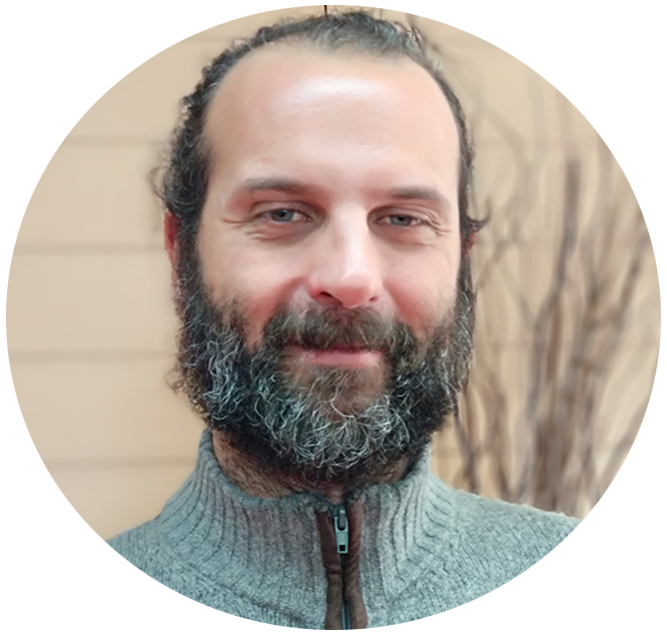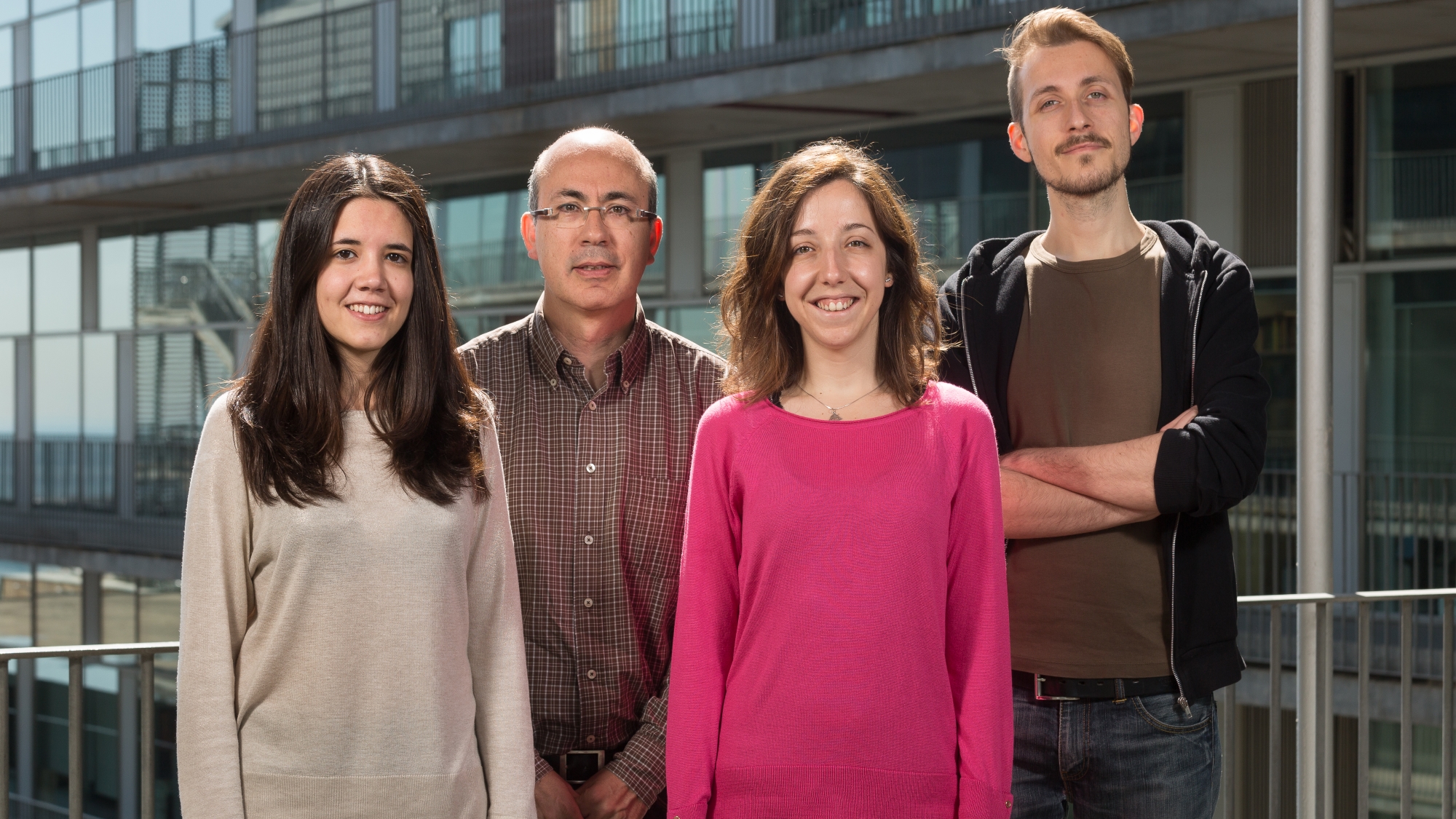Francesc Calafell is one of the pioneers of the Barcelona Biomedical Research Park (PRBB), where he has been since it opened its doors in 2007. It was there that, coinciding with the launch of the Institute for Evolutionary Biology (IBE: CSIC-UPF) in 2008, the Genomics of Individuality laboratory was set up. Calafell’s interest in this field is long-standing: “I have always been interested in all aspects of human diversity. I am fascinated by the fact that each human is different, and genetic diversity is another aspect of this variety, as are language, history, and so on”, explains Calafell. His group is small, with one Master’s and two PhD students, all biologists with a significant computational background. But this number is not a problem, because they are integrated into and coordinate closely with the other groups in their environment. “We are more like a network than a lab; we collaborate a lot with other IBE researchers, like David Comas and Elena Bosch. Also, in the past, we worked with groups at the Hospital del Mar Medical Research Institute (IMIM), for example. This is one of the reasons being part of the PRBB is tremendously positive”, Calafell points out.
“I have always been interested in all aspects of human diversity. I am fascinated by the fact that each human is different, and genetic diversity is another aspect of this variety, as are language, history, and so on.”
Francesc Calafell
Human diversity at different levels
The group’s research projects range from individual-level studies, such as forensic genetics, where a biological sample can be used to identify its owner; to lineage studies, where they look at part of a population related by the patrilineal path, which can be followed using the Y chromosome. This research has many applications. At the individual level, it can be used to identify corpses after an air catastrophe, or people who disappeared during the Spanish Civil War; while at population level, it can be used in clinical genetics to understand why, in a given population, there is a higher impact of a specific genetic disease. “We try to find out where a certain mutation comes from, and how it has spread. This does not help cure the disease, but we have found that the information is interesting to the families of those affected, and can help them not feel guilty about transmitting the disease to their offspring”, explains the group leader.
“We try to find out where a certain mutation comes from, and how it has spread. This does not help cure the disease, but the information is interesting to the families of those affected, and can help them not feel guilty about transmitting the disease to their offspring.”
History through biology
The Y chromosome, transmitted only from fathers to sons, can be a very useful tool for understanding the origins of a population, its migrations, or if a historical event left a genetic footprint on the current population. Calafell’s work touches all of these fields.
The biologist has focused on studying this chromosome in regions such as the Maghreb, Spain, and the Western Mediterranean in general, areas with an ancient and well-documented history that can be compared with the information provided by genetics. In the Maghreb, the group has found that 70% of men today have the same variant of the Y chromosome, E-M183, while in Spain 40% of men carry the R1b-DF27 variant of that chromosome. However, we know that many different civilizations have existed in the two regions; so, how can we explain this apparent genetic homogeneity within the population? “There are many reasons. For example, not all men pass on the Y chromosome, only those who have sons. And there have been very powerful men, with good social and financial positions, who had many sons that survived and who, in turn, had many sons. In addition, there are different populations that are genetically indistinguishable, meaning their mixture is not obvious in the genes of the current population”, clarifies Calafell.
But these results are not the most memorable for Calafell; if he had to choose, that would be the case of Ibiza. “We analysed SNPs throughout the whole genome (the genetic variability) of more than 1000 individuals from all over the western Mediterranean, and four were clearly separate from the rest. It turned out that these individuals were the only ones born in Ibiza. We analysed 15 more people from Ibiza and we found the same again.” There were two possible explanations: Ibiza’s Phoenician origin, or the isolation and small population of this little island. By comparing the genomes with some Phoenician remains in Ibiza, the scientists found the second hypothesis to be correct. “Anecdotally, we could have expected this, because there was a lot of repetition in the surnames: in none of the Ibizan volunteers were their eight grandparents’ surnames different. Ibiza was almost abandoned in the middle of the 16th century and then repopulated, with very few people, in the 17th century. These results contrast strongly with the image of a cosmopolitan island that we have nowadays”, concludes Calafell.







